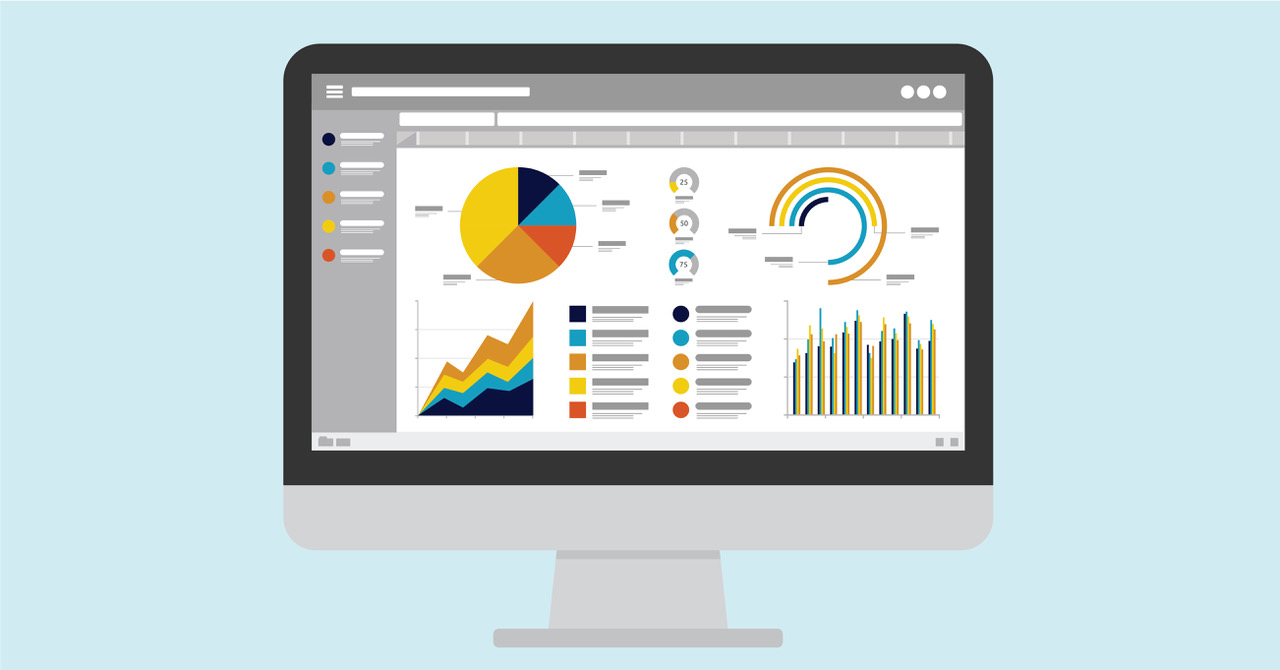Your numbers tell a lot.
They indicate how well you’re attracting an audience and getting them to do what you want. They indicate many of the strengths and weaknesses of your business – the content products, the promotion, the channels, the frequency, the timing, etc.
“The companies that are going to win are the ones who are using data, not guessing,” Neil Hoyne, Google’s chief measurement strategist said at a Wharton symposium.
Yet, too often content entrepreneurs fail to embrace the data side of their business. Some creatives even proudly claim “they don’t do numbers.” And that is why many content creators will never be successful content entrepreneurs.
Tilt Advice
At the Wharton event, Poshmark’s Barkha Saxena explained they use a framework to integrate data into their process: Evaluate the data, execute the plan, learn what worked and what didn’t, then repeat. “This is pretty much how you turn the data into an operating tool,” she said.
Sounds simple, right? Get over any trepidation about numbers, open your platforms’ analytics tool, and retrieve the magical data to make your content business even greater.
But after you log in, you look at the screen and get overwhelmed. So many words and numbers. How do you know where to start?
Take a breath. You’ve got this. You don’t need to decipher every number available to you. Pick the three most important metrics contributing to your business goals. Let’s look at three broad categories – traffic, engagement, and conversions.
Traffic indicates people want to look at or hear your content. If you’re an early-stage business, you likely want to start here. Though the terms may differ – traffic, impressions, views – indicate how many people are seeing your content. With this data, you can understand how well your audience is interested in your content. Sure, you can look at a particular post or video, but it’s more helpful to look at traffic over time. Are your numbers steadily increasing? That’s great. (A sharp spike isn’t that helpful. It indicates a really popular piece of content that didn’t result in many returning visitors.)
Or do you see a dip or dropoff? A decline indicates what you’re doing isn’t working. It’s an indicator for further investigation.
Engagement analytics indicate if people are motivated by your content. These metrics include likes, follows, shares, comments, etc. In some cases, like Facebook, the platform will combine that data to calculate an engagement rate. These metrics can help you see if your content resonates so well with your audience that they want to share their thoughts (even if it’s just a thumbs-up emoji.)
Traffic and engagement metrics are where too many content creators mistakenly stop. Conversion metrics are what success content entrepreneurs closely examine. These indicate what your audience does after consuming your content – if they’re doing what you want them to do. It could be the number of YouTube viewers who subscribe to your channel or visit your podcast page. It could be the number who visit your website and sign up for your newsletter.
Traffic, engagement, and conversion metrics matter. Each represents a golden opportunity to learn about your audience and how they interact with your content business and its products. You don’t need to look at every number, but you better pick the most informative for your business and look at them regularly.
About the author
Ann regularly combines words and strategy for B2B, B2C, and nonprofits, continuing to live up to her high school nickname, Editor Ann. An IABC Communicator of the Year and founder of G Force Communication, Ann coaches and trains professionals in all things content. Connect with her on LinkedIn and Twitter.










